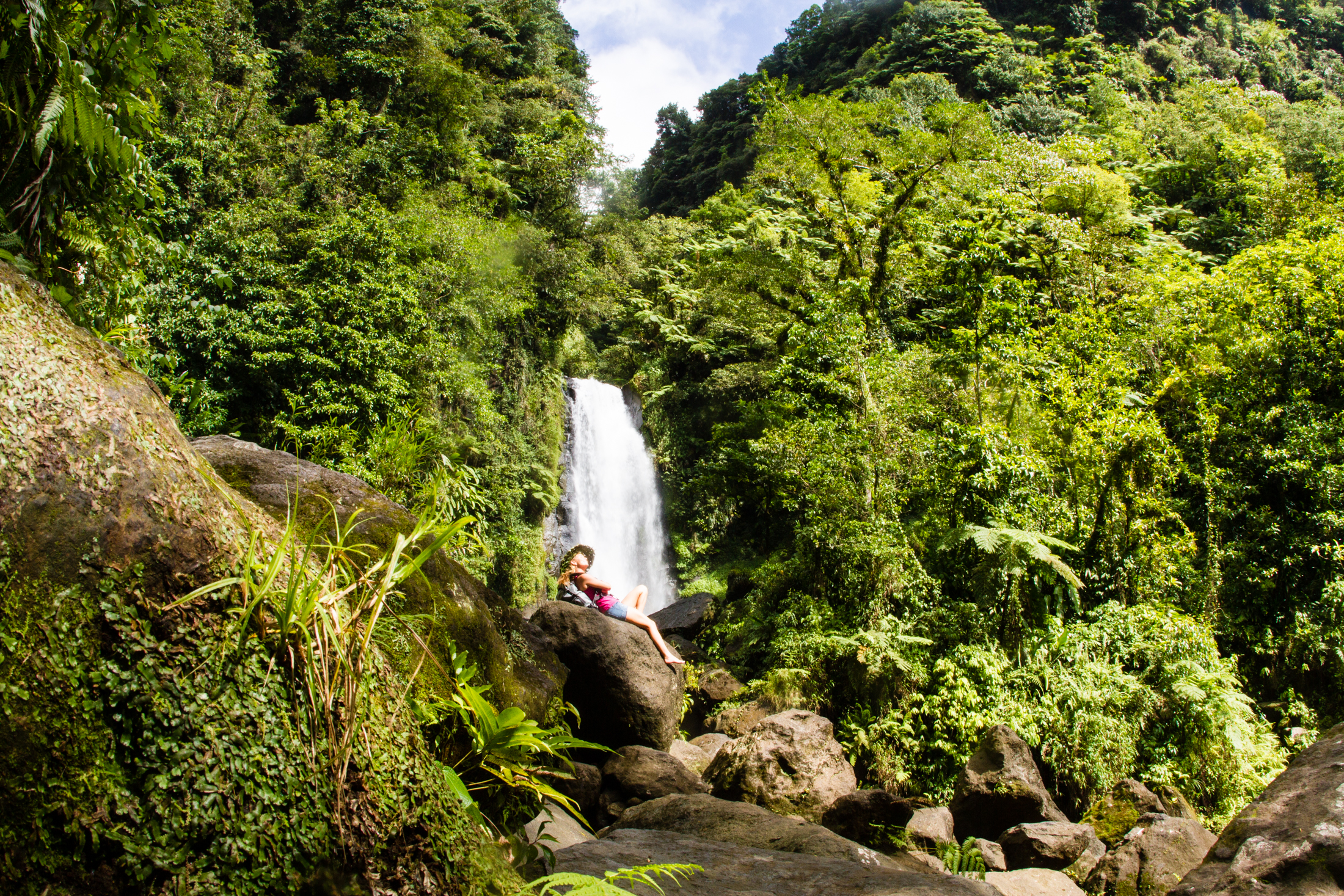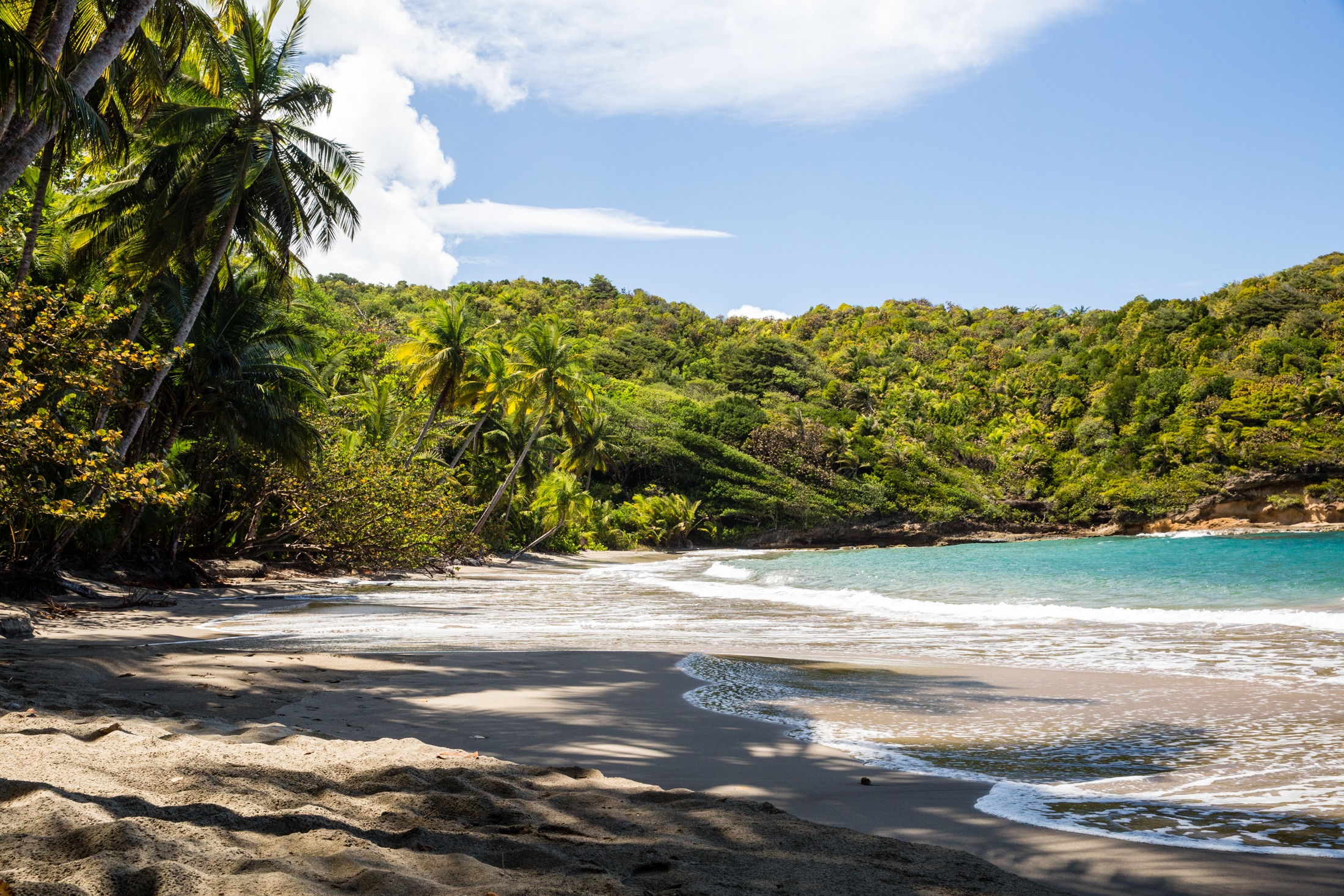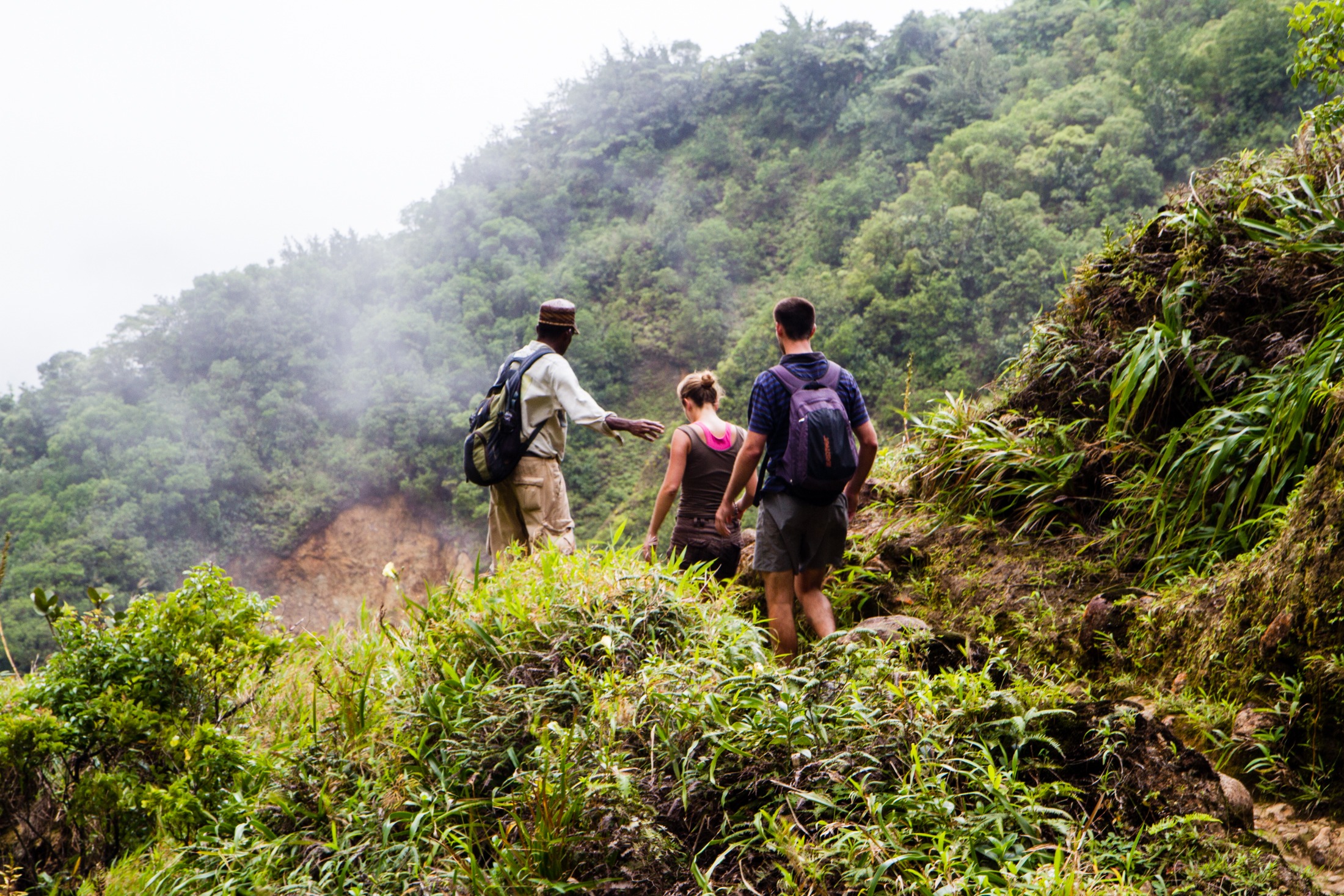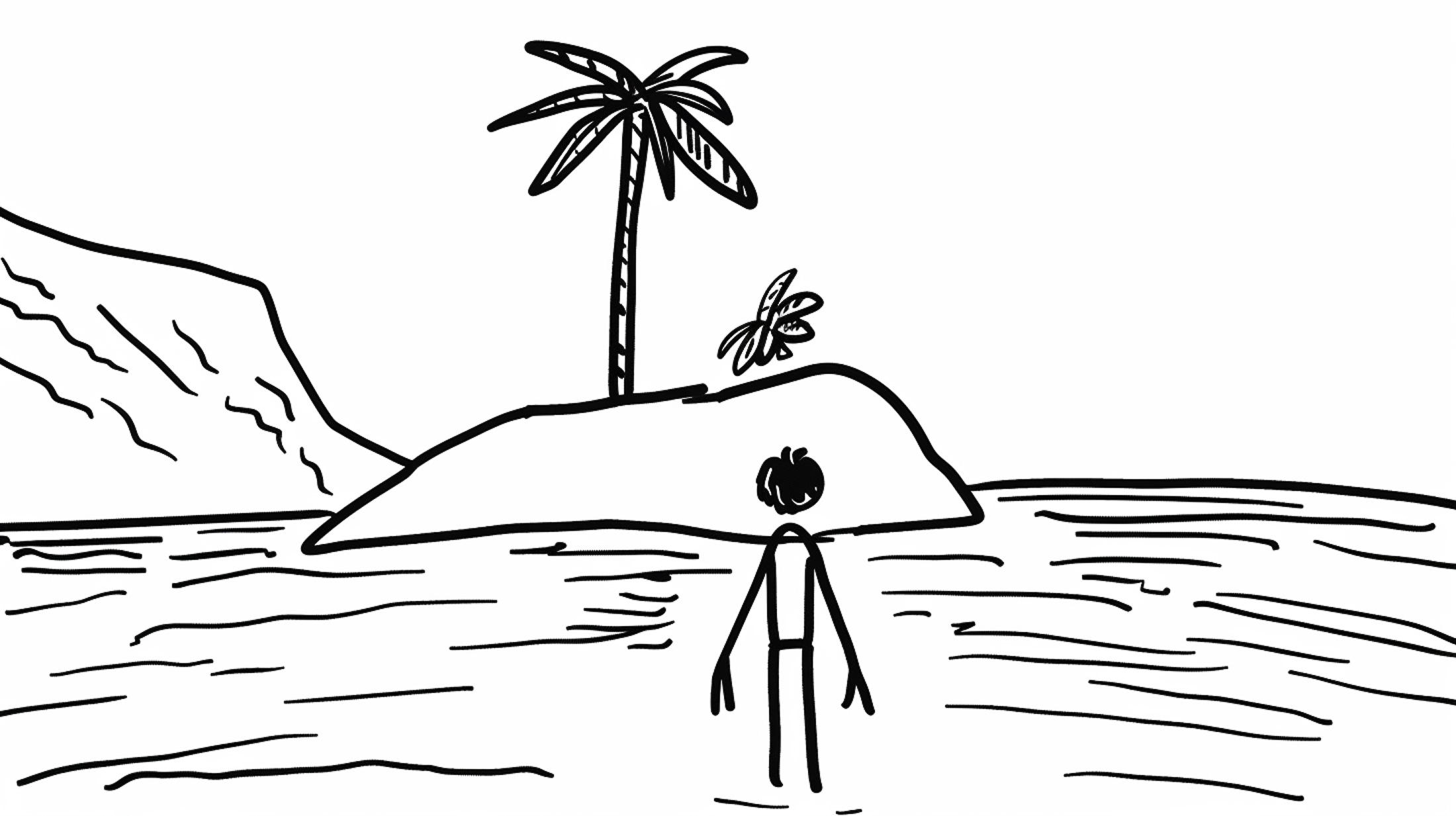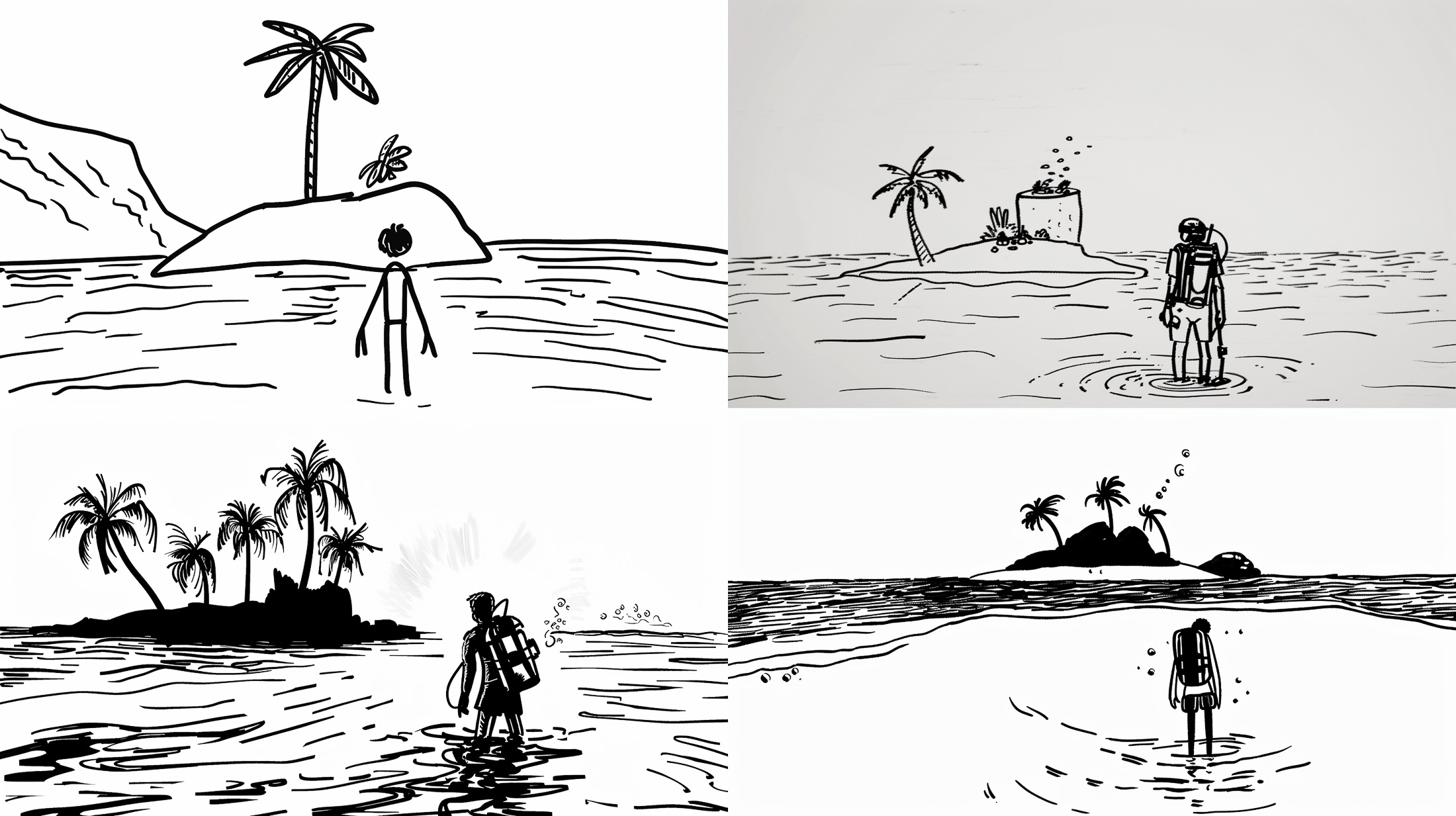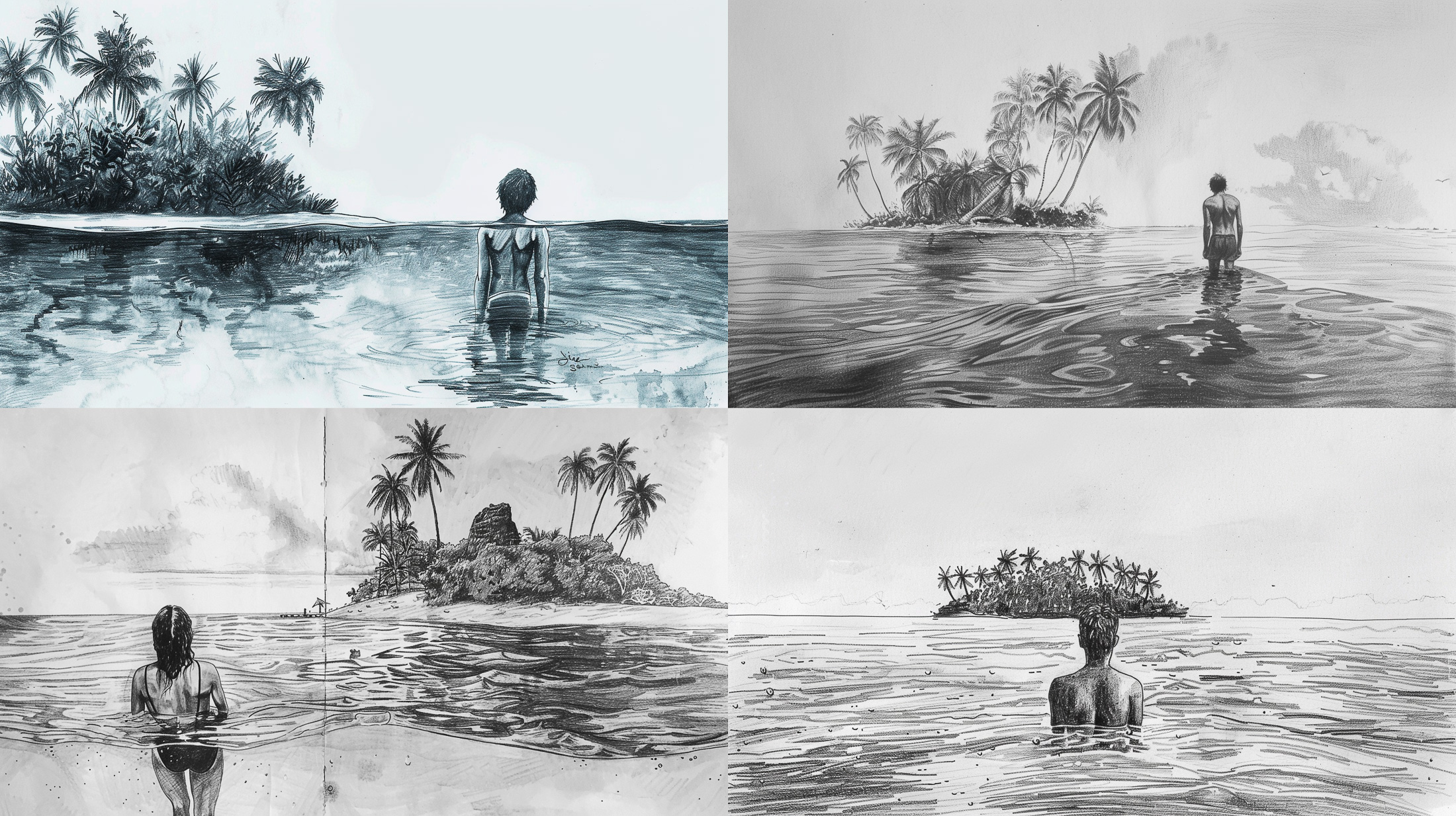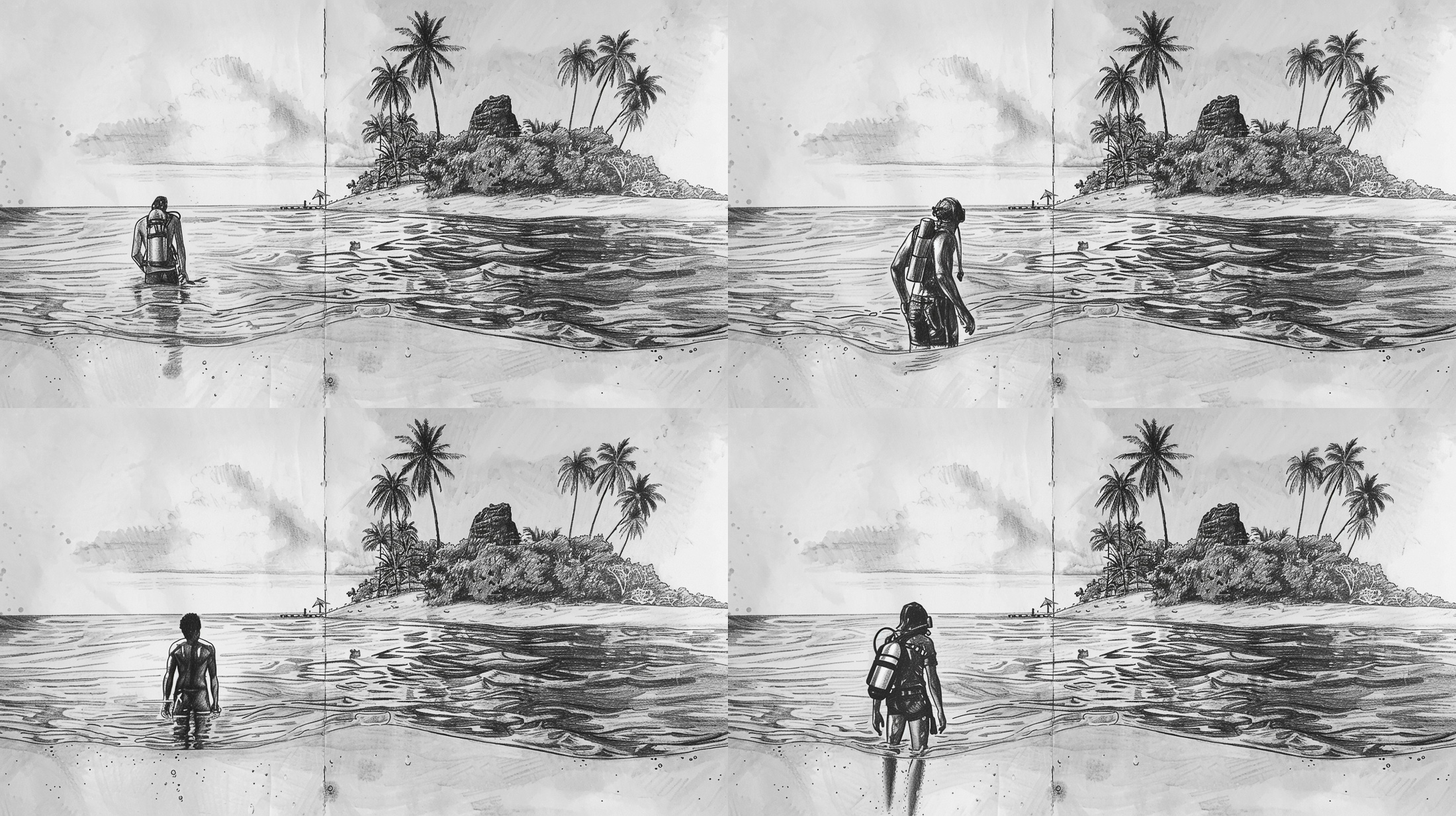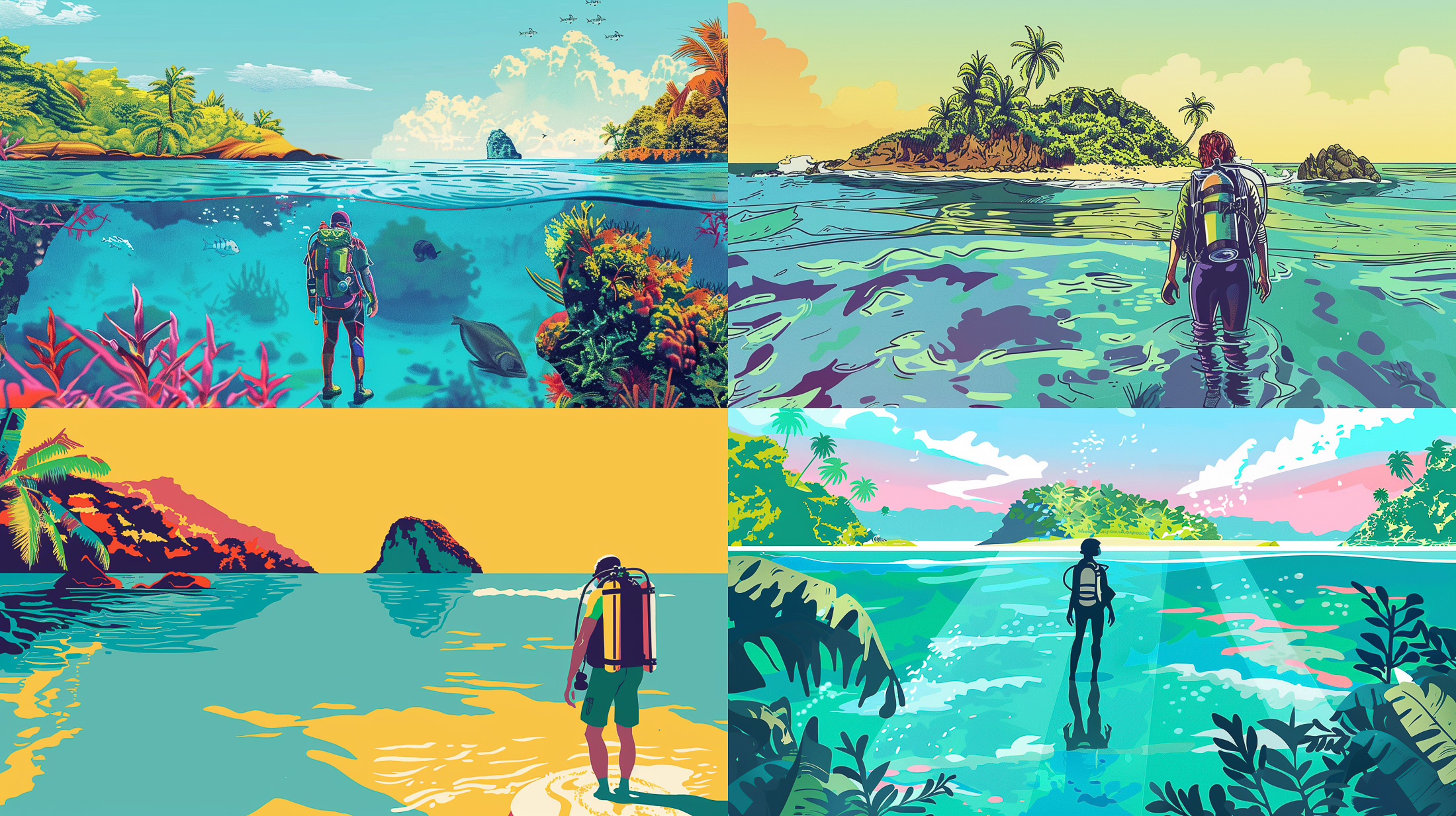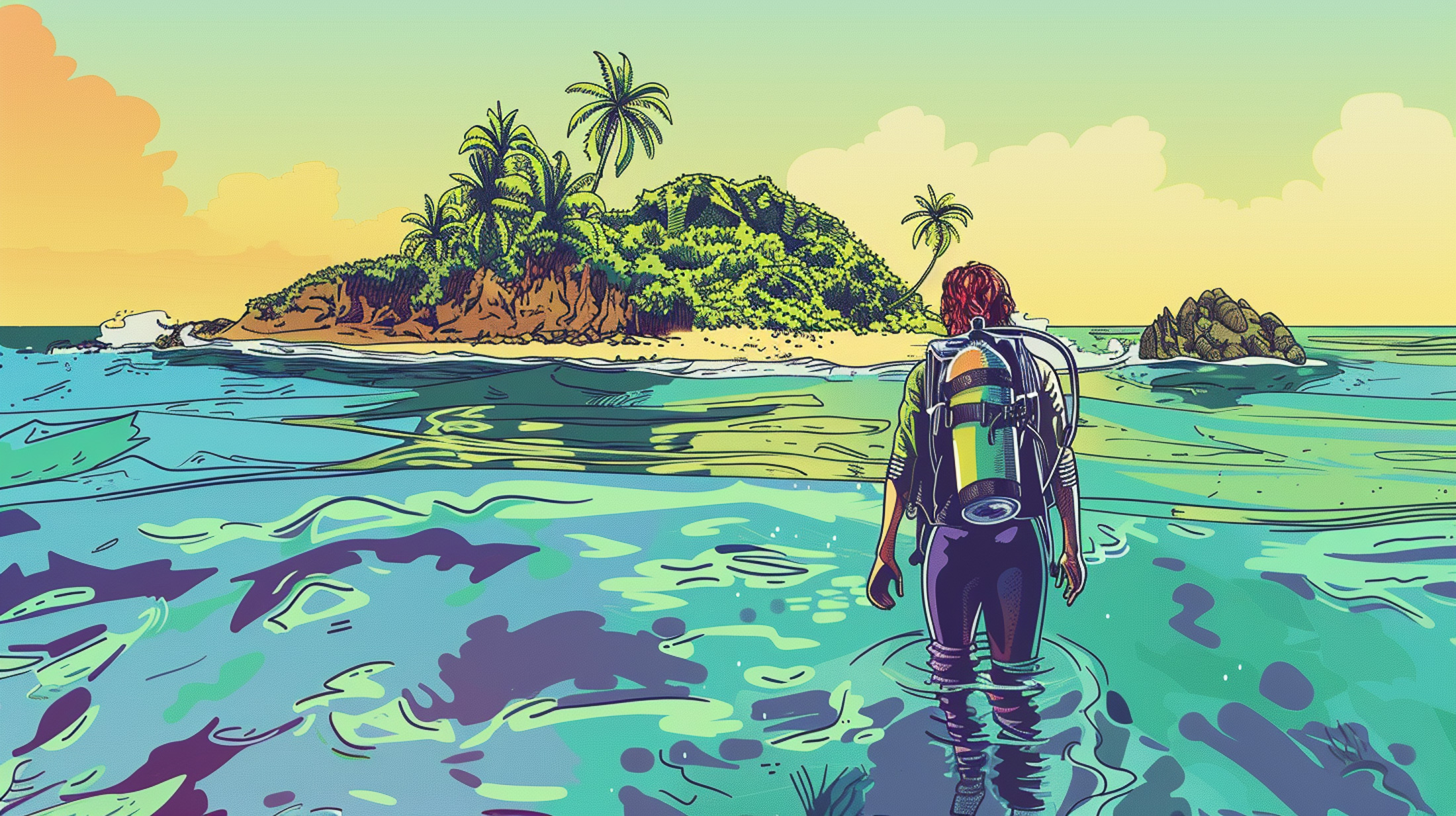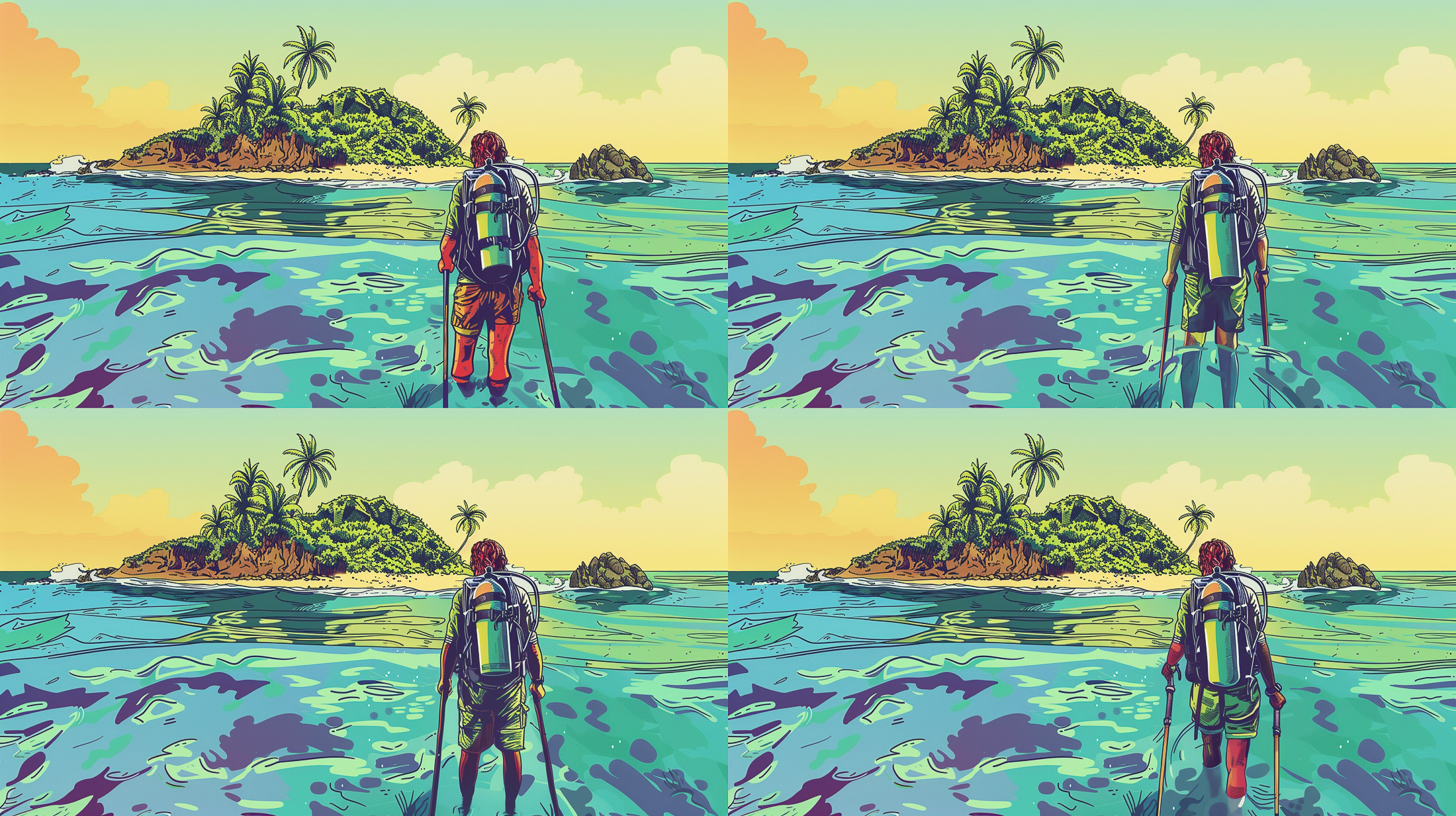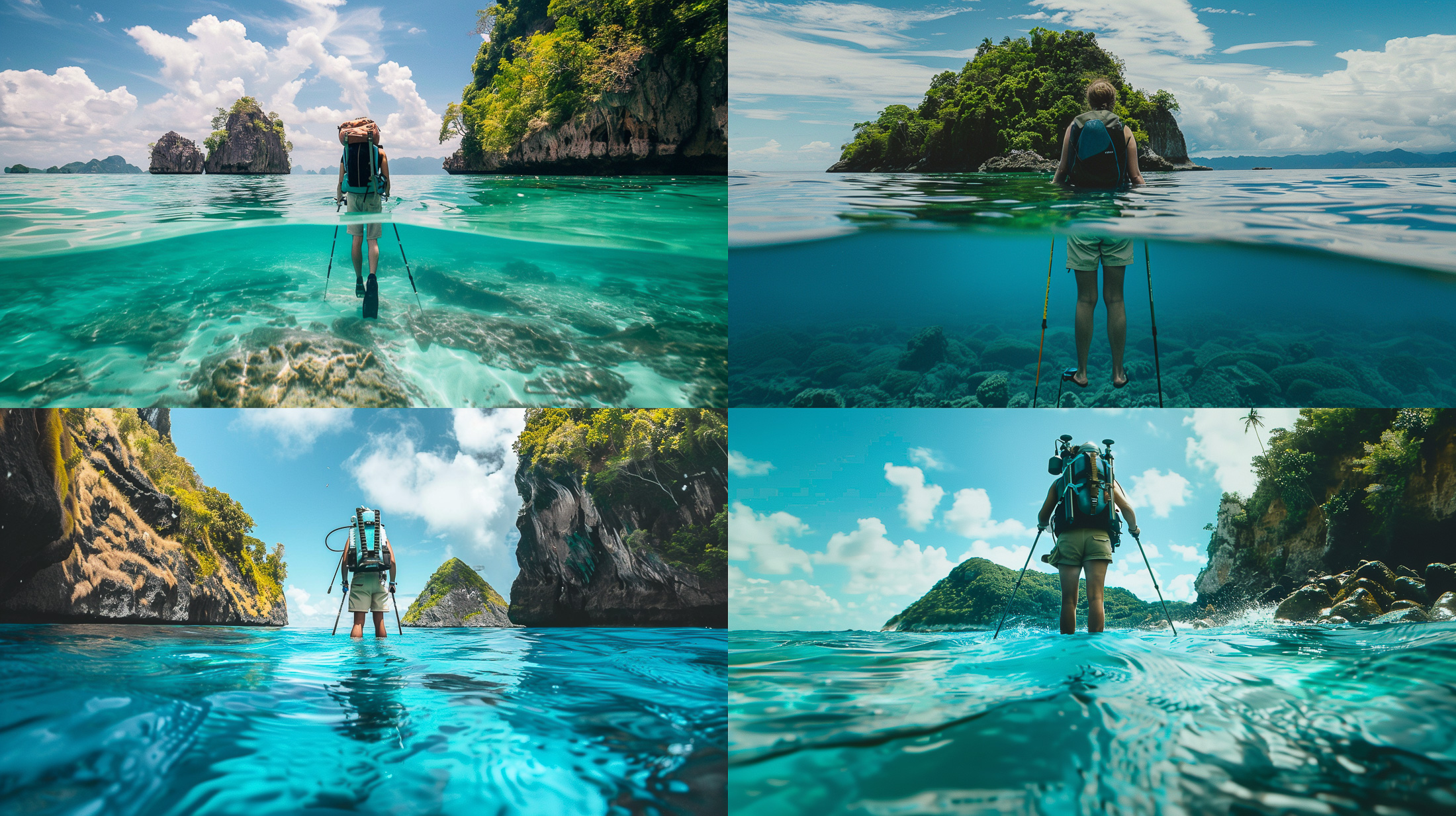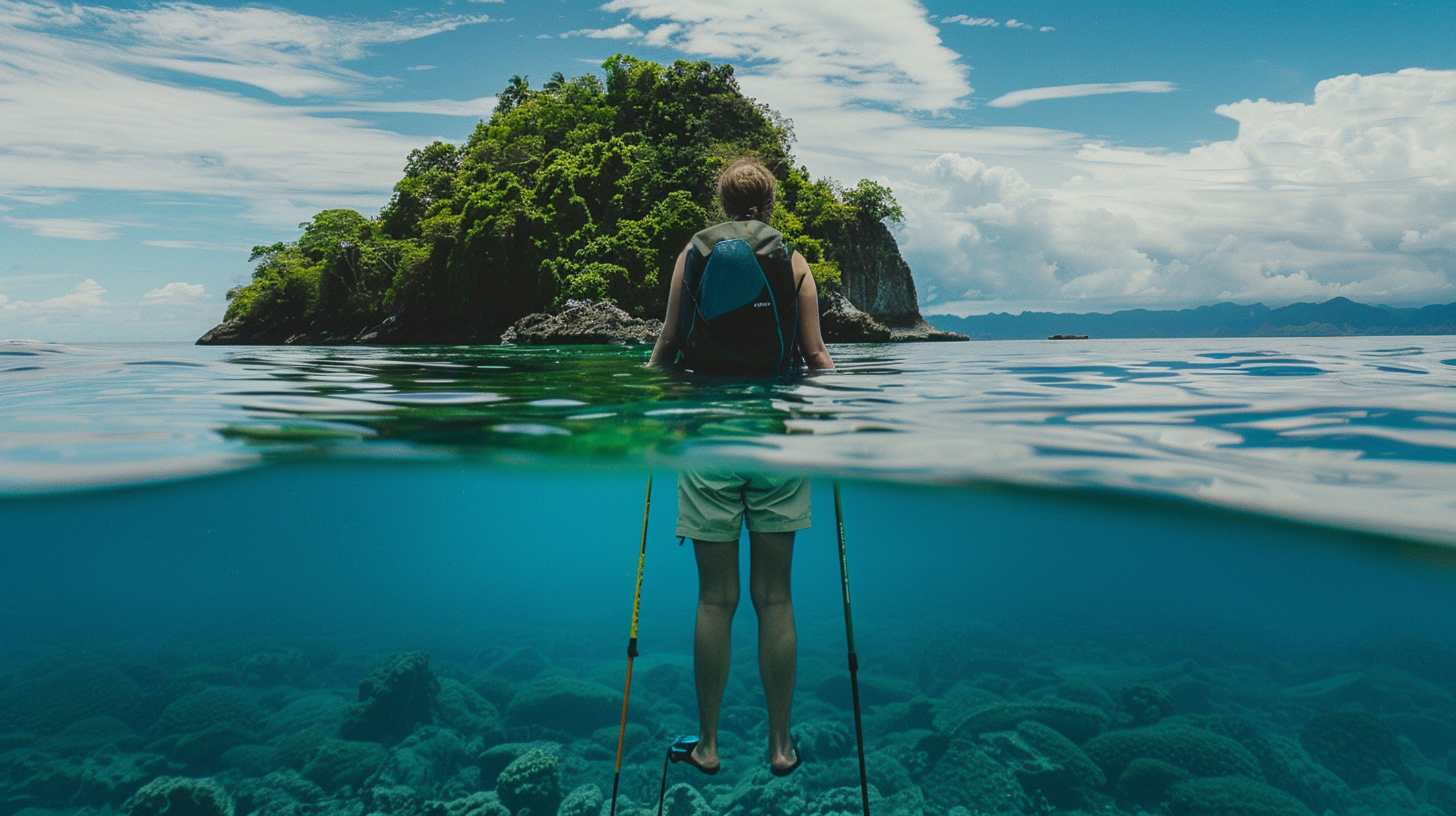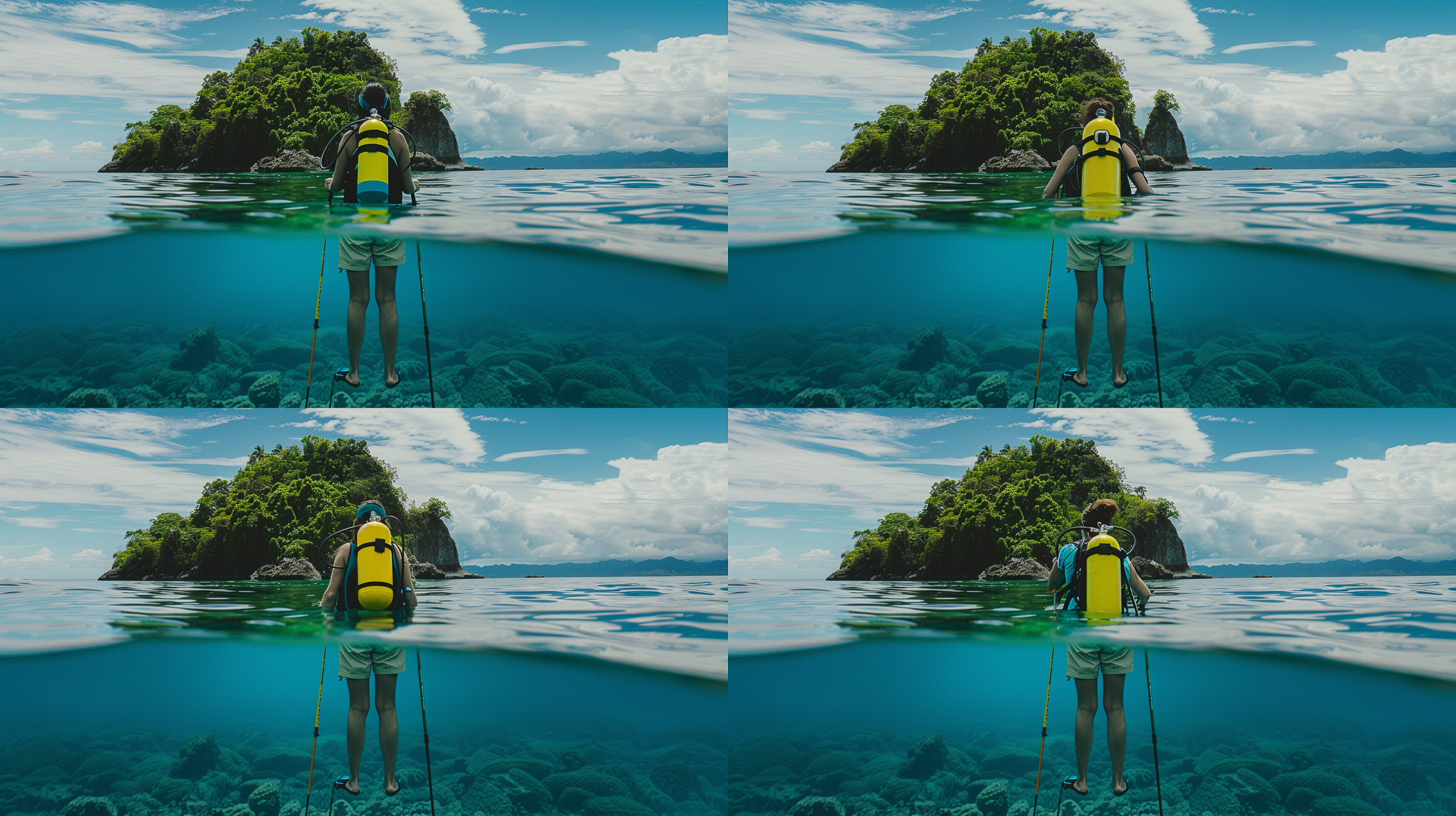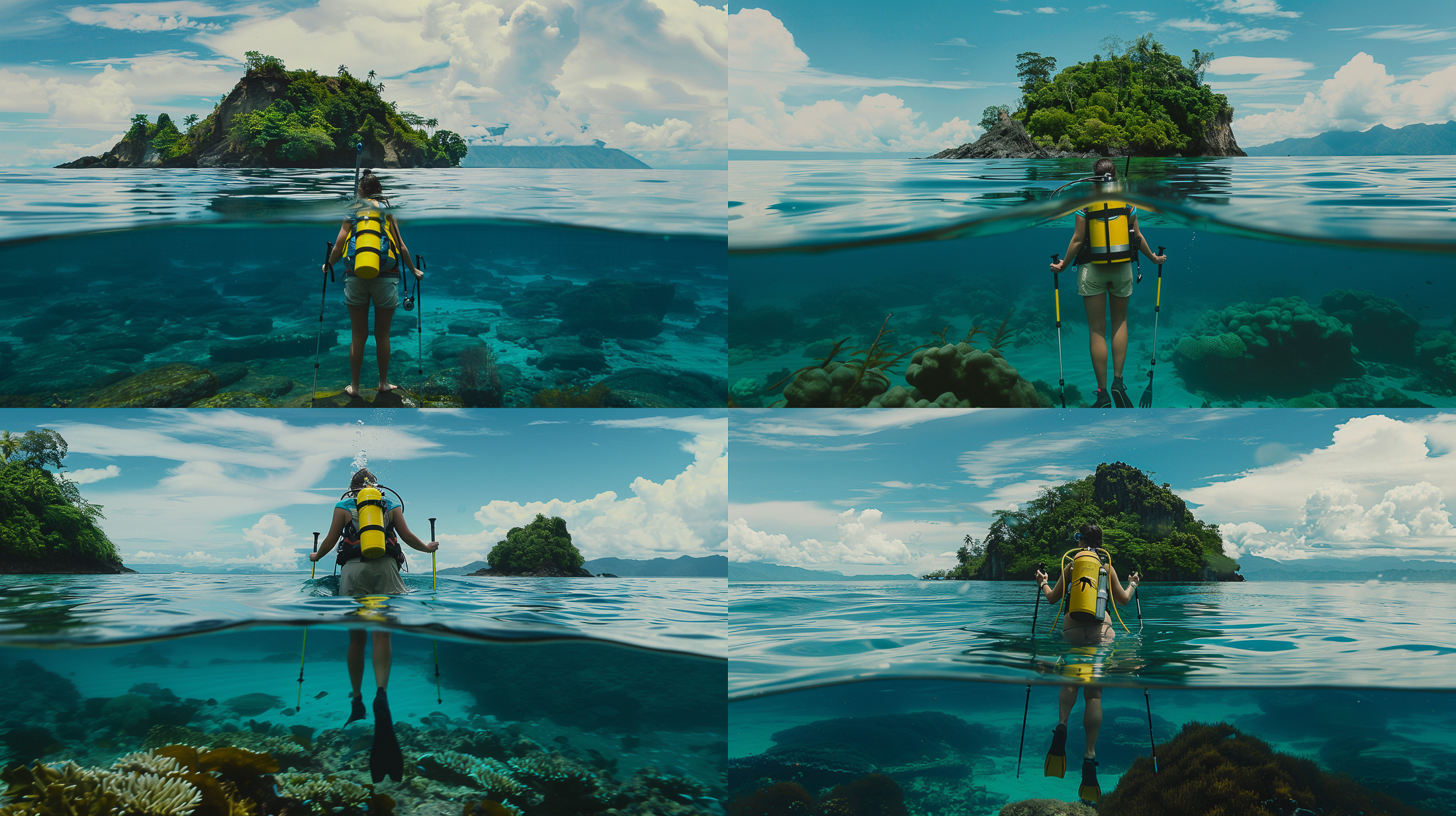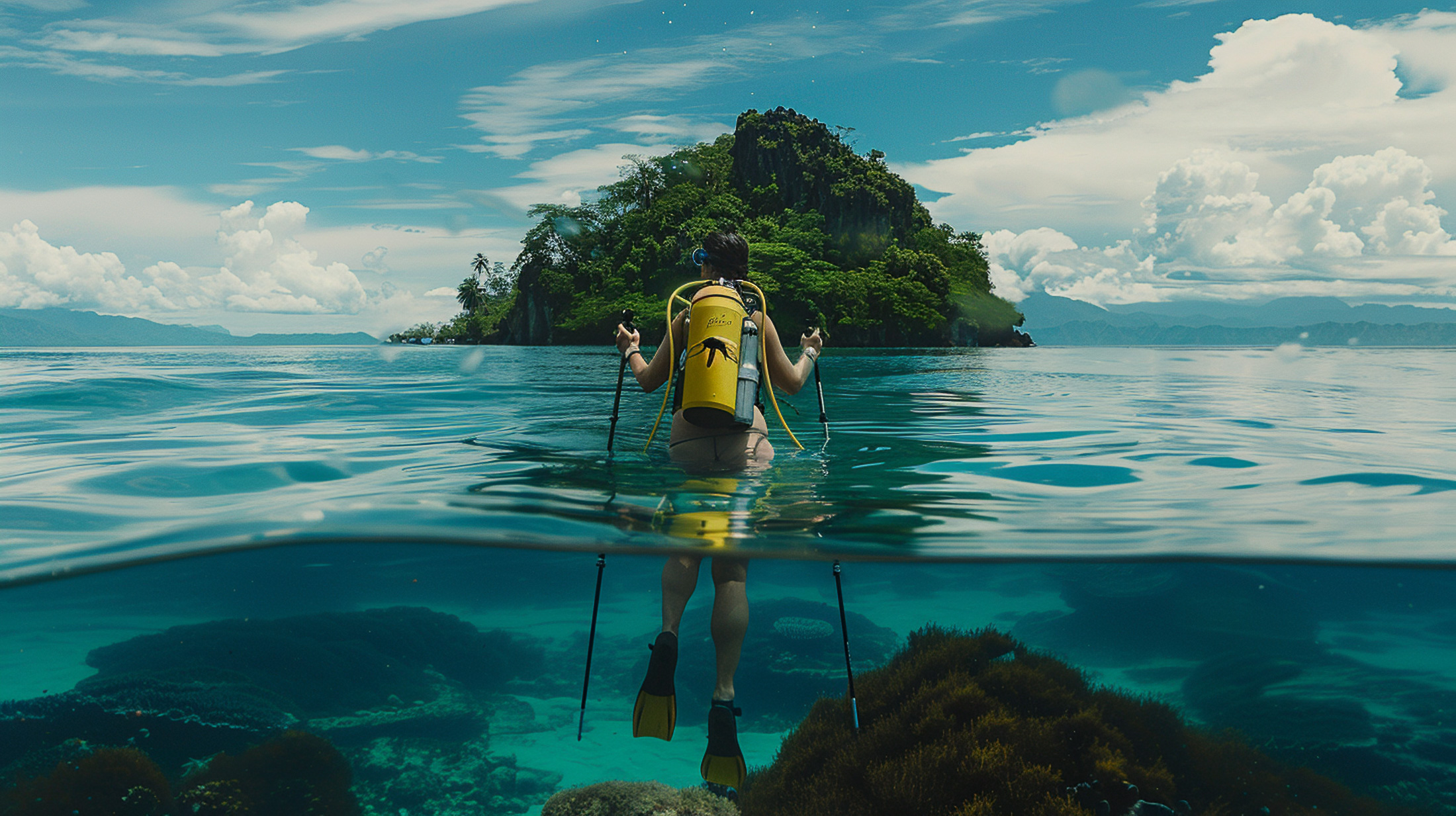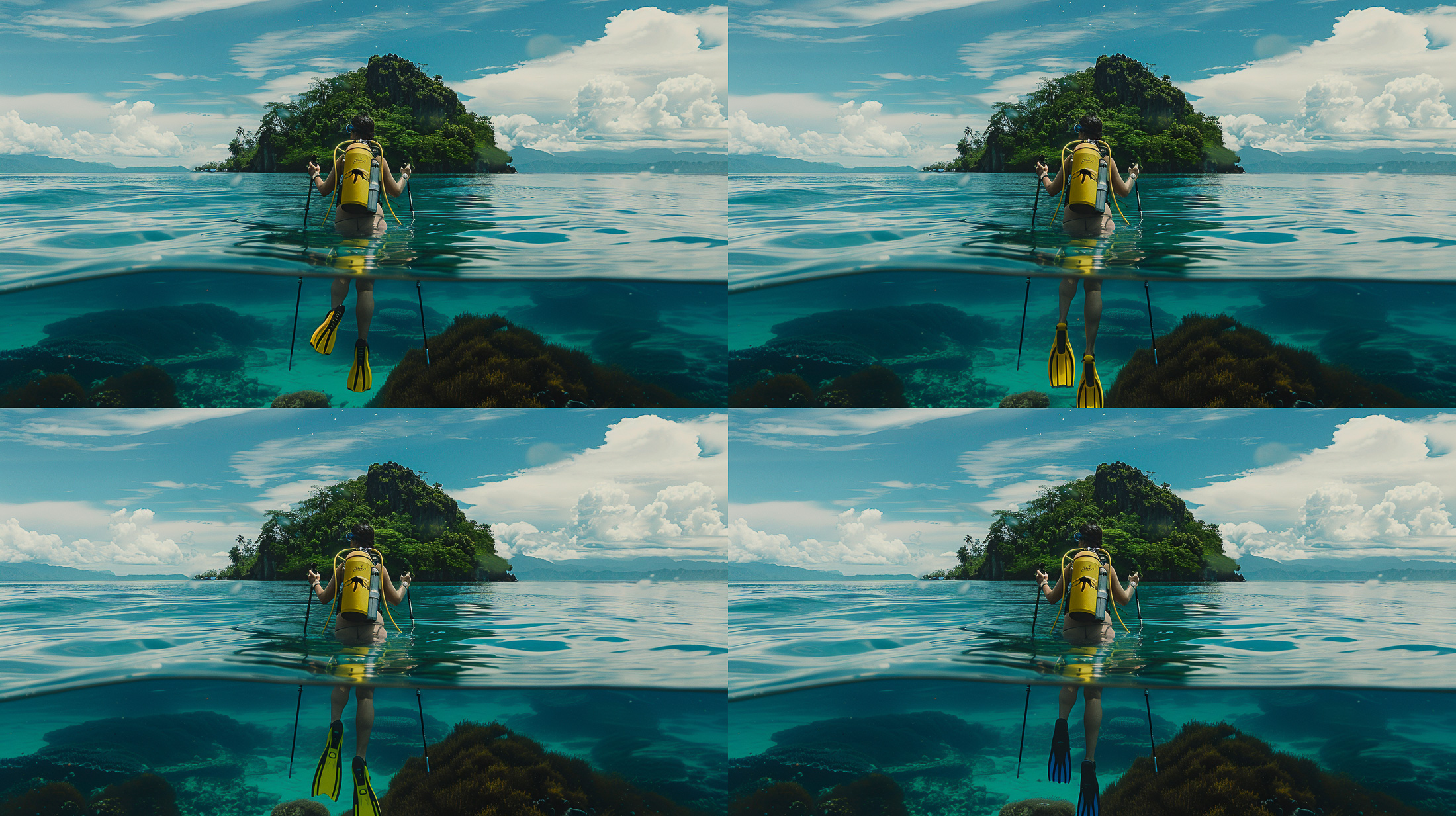Even though I’ve spent most of my professional career developing some pretty advanced digital marketing campaigns, I admit that I am somewhat of a Luddite. This goes back quite a while, I’m afraid to admit. I remember when USB 1.0 came out and threatened to replace the precious serial ports on my computer. I thought it was a fad and would never take off.
That was probably one of many changes I resisted, including abandoning my Blackberry and the double space at the end of a sentence. As an experienced adult who knows the double space is wrong, I now realize that technology will continue to evolve, regardless of my willingness to adapt. I’ve been right about some of the fads that didn’t quite make it, but more often than not, I eventually submit and try to find ways to incorporate these new technology trends in my daily life. The trend I will explore in this post is the use of generative AI in marketing and advertising.
Disrupting The Creative Process
For those of you not familiar with the traditional creative process, most advertising and marketing campaigns are developed by small teams – starting with a creative brief and ultimately ending up in the hands of a copywriter and art director team who hashes through the ideas in the late hours to come up with a unique visual way to bring the strategy to life. That’s a simplified version of the process, as there are lots of steps along the way, but for this test, it will serve as a good foundation.
I’m one of those rare creative and marketing directors with copywriting and design skills. It doesn’t make me a unicorn; it’s just the result of many late nights learning these skills as part of the “just get it done” approach I’ve been forced to take on projects when budgets or timelines limit normal approaches. Plus, I like to learn new skills.
For this creative challenge, I wanted to see how generative AI could serve as my design partner as I fleshed out an idea that has been stuck in my head for probably ten years.
The Creative Brief: The Commonwealth of Dominica
For five years, I was fortunate to work with the amazing folks from The Commonwealth of Dominica, often called Dominica, a small island nation in the Lesser Antilles region of the Caribbean Sea. It is not to be confused with the Dominican Republic, a separate country on the island of Hispaniola. Dominica had a limited marketing budget, as it was just a small island of 72,000 people. What it lacked in spending power, it made up with a rich experience had to offer visitors as the island possessed immense natural beauty and offered unlimited outdoor activities for those seeking active holidays.
I wrote up a pretty typical creative statement (or brief) for my own challenge based on what the island has to offer (I’m working backward a bit here, as I already have an idea I wanted to explore).
“The marketing program for Dominica, the “Nature Island” of the Caribbean, will encapsulate its unparalleled natural beauty, vibrant culture, and commitment to sustainability and resilience. Our campaign will leverage a multi-channel approach, focusing on digital storytelling, influencer partnerships, and immersive virtual experiences to showcase Dominica’s lush rainforests, abundant wildlife, and rich cultural heritage.
We aim to elevate Dominica’s profile as a premier, eco-friendly travel destination by targeting eco-conscious travelers, adventure seekers, and cultural enthusiasts. Key messages will emphasize the island’s unique biodiversity, sustainable tourism practices, and its people’s warm, welcoming spirit. Through compelling visual content, engaging narratives, and interactive platforms, we will inspire potential visitors to discover Dominica’s hidden gems, from hiking the Waitukubuli National Trail to experiencing the vibrant Creole Music Festival and excellent underwater diving experiences.
We aim to drive tourism growth while fostering a deep appreciation for Dominica’s efforts to become the world’s first climate-resilient nation, appealing to those seeking meaningful, impactful travel experiences.”
The Creative Strategy: Showcase Unique Travel Options
For this campaign, I want to focus on the two aspects of Dominica that have the most visual impact: hiking and diving. As a mountainous island, the hiking trails on Dominica are some of the best I’ve ever experienced. There are few places on earth where you can hike through a tropical jungle to reach a waterfall and be the only people there to enjoy it. The same can be said about diving off the coast of Dominica – the waters are known for their clarity and warmth, including tropical marine life, submerged volcanic craters, and vibrant coral gardens.
With a few exceptions, Dominica does not have what most would consider world-class accommodation or tourism infrastructure. A few new large hotels have sprung up on the island over the past few years, but for the most part, the island has small boutique and family-owned hotels catering to those looking for active holiday vacations. Dominica is not the Caribbean island where you relax on a white sand beach – although one of my favorite beaches in the world is on the island (that’s a whole other blog post).That means our creative concept should focus on those looking for these active adventures vs. those looking for a boozy beach day at a 5-star resort. Although, you could technically do that if you wanted to.
Strategic Insight: Focus on active nature adventures Dominica offers, such as hiking and diving.
Active Adventures: Hiking + Diving on Dominica
One of the things I learned in my Padi SCUBA Diving Certification class (many, many years ago) is that you’re not supposed to fly immediately before or after SCUBA diving. Flying too soon after diving can exacerbate the risk of decompression sickness (DCS). The cabin pressure in commercial airplanes is lower than atmospheric pressure at sea level, equivalent to an altitude of approximately 6,000 to 8,000 feet. This reduction in pressure can cause nitrogen bubbles to form or expand in the body if you haven’t allowed enough time for the nitrogen absorbed during diving to be fully off-gassed.
If a traveler has flown down to Dominica to dive, you will have at least one day in the beginning and one day at the end of your trip to have free time to explore the rest of the island. The same is true if you come down to hike on Dominica. You will always need a good recovery day or so. Diving and snorkeling are great options. The tallest mountain on Dominica is Morne Diablotin, which stands at 1,447 meters (4,747 feet) above sea level – not quite the altitude to cause DCS, but pretty impressive for the Caribbean.
Creative Approach: Highlight hiking + diving as complementary vacation activities that can be enjoyed together on Dominica.
Visual Strategy: Showcasing the Natural Beauty of Dominica
One of the challenges of print and digital advertising for destination marketing campaigns for places like Dominica is that the photographer needs to work hard to convey the totality of the experience. You will feature a diving photo if you want to make a diving ad. If you want to make a hiking ad, you showcase hiking. It’s hard to talk about both activities in one photo. This was always the challenge I faced when working on this brand. To me, there were so many great options for people to experience on the island The alternative is to make a collage ad, which pretty much takes away from the visual impact of a campaign like this.
That led me back to the concept I had wanted to do for years but didn’t have the time or resources to pull off. I always wanted to showcase the juxtaposition of hiking and diving as activities you can do on Dominica – although not at the same time, obviously. I wanted to find a way to gear someone up in SCUBA gear and photograph them hiking up the side of one of the mountains. Getting someone to do this on spec proved problematic, so we went with the easier concepts. The idea stuck with me.
As I started experimenting with generative AI, I wondered if I could use this tool to bring this idea to life – at least far enough along that I could convince someone of the idea. There weren’t many stock photos to pull from to make this concept work. Maybe AI could help.
Visual Approach: Find a way to incorporate both hiking and diving into one photo or photorealistic experience.
Visual Testing: Quick Concept Sketches
I’m not a sketch artist. In the past, when advertising agencies had the luxury of large production budgets, we hired sketch artists to help us develop our creative ideas with pencils, pens, markers, etc. They were quick ways to dial in the concept without having to boot up a full photography or film crew to take a shot. I was always jealous of their skills. I am a good designer but can’t draw or sketch to save my life.
I questioned whether AI could replace the early sketch phase. My sincere apologies to those skilled artists; I swear this is not some form of jealous revenge. For this creative challenge, I wanted to create a series of visuals showcasing someone trying to hike and dive simultaneously – bringing a bit of levity to the campaign.
Technology Approach: Use Generative AI to create sketches of the campaign concept.
Midjourney: The Power of AI to Generate Imagery
Generative AI is rapidly evolving. I couldn’t have completed this creative challenge a year ago – maybe not six months ago. That’s how fast the technology is advancing. Rather than using DALLE from ChatGPT, I selected Midjourney to do this project’s first round of visualizations. Midjourney doesn’t have the most intuitive interface, as it’s reliant upon using Discord to enter your prompts, but the results are excellent once you learn the basics.
I started with a few basic prompts and continued evolving as I got closer to the results I sought. Here are a few examples of the early work created using Midjourney.
In all transparency, I did begin the process by trying to achieve the end result, but as I thought about this more as a creative challenge, I went back to using AI the same way I would have used a sketch artist or Art Director partner. The reality is that using this method produced better results – or at least results that made it feel like an evolving idea rather than “make it exactly like this.”
It took me a few tries to get Midjourney to render out basic art. It wanted to add more detail than I wanted at this concept test stage. Eventually, I had success. And by that, I mean this first image is probably better than I would have been able to do with a Sharpie and a piece of paper.
I added a few more details to the prompt to get to this next level of detail. It’s a pretty dramatic leap simply by changing a few words. Switching between illustration style would be incredibly difficult for even the most skilled sketch artist.
I wanted to add a bit of color to the scene to start to highlight the rich texture of the island.
At this point, I started to see the concept reach the stage where we were getting some details that needed to be adjusted and dialed in.
Progress: Learning How to Teach AI
As a Creative Director, you learn a lot of ways to “sell your ideas” to the client. You can have the best concept in the world, but if you can’t articulate it in a way that a non-visual and non-creative person can understand, the idea will not go far. This seems to be the case with AI. You have to teach the AI what you’re trying to create. The prompts you see above are the directions I gave Midjourney in hopes of creating the sketch I needed to sell this (to myself) as proof of creative concept. As you can see, it does some things really well, but misses on the details.
Fortunately, Midjourney has a feature allowing variations to be created from your original rendering. Furthermore, they can re-generate regions of the visual output. To explain that further, if most of your image is what you wanted, but there is an area where a strange artifact is created or they got something wrong, you can highlight that area and ask for adjustments. For the image below, I asked Midjourey to adjust the bottom half of the woman’s SCUBA suit so that she is wearing cargo shorts. The results were good, but the AI changed the person’s gender.
I decided to take it one step further by modifying my prompt to see how well Midjourney would do at creating a photo-realistic version of my creative concept with the limited input. I didn’t use any reference photos to train the AI or any unique commands. I simply modified the prompt to have the AI change the style of the output.
We’re getting much closer to what we need, but you can still tell that AI doesn’t quite understand what I’m going for. In this last photo, I wanted to ensure I added back the SCUBA outfit. It’s unknown whether the AI is smarter than me at this stage. Does it understand that I’m trying to combine two things that shouldn’t be combined? From a rendering perspective, the photo is looking good for a proof of concept. But it’s not quite there.
For this next rendering, I just had it create 4 new versions of the fourth image from above. No additional edits to the prompt.
I continued to try several times to get the AI to generate a good pair of hiking boots on our SCUBA diver, but I haven’t had many results this round.
Preliminary Results: Not Too Bad
This process took me about a half hour to forty-five minutes to generate these concepts. If I were trying to sketch out the idea myself or find stock photos to represent the idea, I would still be looking. I have been very pleased with the results so far. If I were to mock up these images in an ad for a creative review, I think they would be good enough to present the idea in a way to get approval to move forward with the concept.
While I let these concepts sit here, I’ll work on the copywriting part of the assignment and return with the second part of this series of trying to use AI as my creative collaboration partner.


